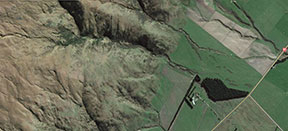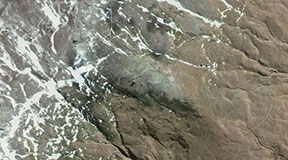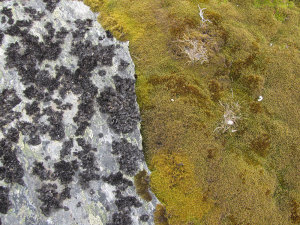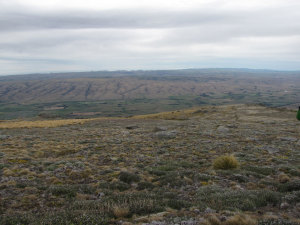- Top of Track
- Beginning of track
- Dracophyllum muscoides
- Hectorelly caespitosa
- Ranunculus gracilipes
- Scleranthus uniflorus
- Celmesia haastii var. tomentosa
- Umbillcaria lichen and cushion plant
- Tarn area
- Vegetation at the top
- Landscapes at the top
At long last I finally got to experience the Rock and Pillar range in South Otago, NZ
It was one of the botanical places of interest I had wanted to visit for some time in New Zealand. I had joined the Botanical Society of Otago just in time to be a part of their field trip to this area and lucky for me they had gotten permission to use the 4-wheel drive road up to the top of the range. This saved me having to do the 3 and half hour walk to ascend the mountain to the alpine area, my main area of interest. It is not a road for the faint hearted but once at the top of the range it was worth the ride up the windy, narrow, steep…what they called a road.

Start of Track
The Rock and Pillars conservation area is part of a series of folds rising up to 1200 meters (3950 ft) as a result of deep local faulting. The Rock and Pillar range was thrust up from two parallel faults creating a rounded top with steep sides. It reminded me of the Steens Mountain area in Oregon, another fault block formation but the thrust only on one side.

Top of the track terrain
At the top of the Rock and Pillar range large pillars, or schist tors, dot the landscape, and fell fields (where freeze and thaw cycles push plants out of the soil). This area holds an amazing array of alpine plants, some endemic only to this area. This conservation area was also used by the Māori’s as well for the schist to make tools, and gathered plants for various uses. It has also been periodically burned over the centuries, which is theorized to have caused a vegetation shift from trees to tussock grasses on the lower slopes.
I love alpine plants as they take on varied and interesting forms to survive the harsh winds and the freezing and thawing regime at the top. You would think in this environment there would be nothing living there at all but when your eyes finally focus on the ground before you, every square inch of the ground is covered in green, orange, red, and even black colors indicating some form of vegetation is present not just rocks. Plants and lichens can be seen covering the ground, and mosses in the tarn areas. The plants tightly hug the ground as fierce winds constantly batter the top of the mountain. The wind was so strong I could actually lean into it without falling over. Getting too close to the edge however was not a smart choice, even though I tempted my luck several times. An unexpected gust of stronger wind could easily blow you over and they happened often.

Lichens and cushion plant

Looking toward the Ocean,
vegetation at the top.
The large schist boulders that dotted the slopes lower down are actually moving every year with the freeze and thaw. They form a bow wave in the front of the rock as they slowly slide in miniscule amounts down the mountain.
I have included some photos of some of the plants near the top and slightly further down. I have identified the ones I know (or think I know). Many of these plants are unique to New Zealand. One of my favorites are the cushion plants which are abundant in this and other alpines areas in the country. We were a bit early in the season so only a few plants were blooming but later in January/February there should be more blooms to see.














